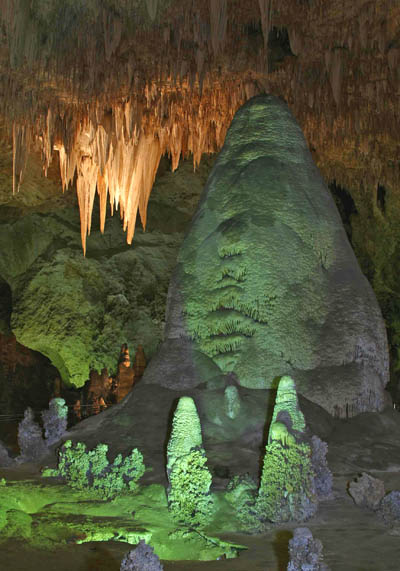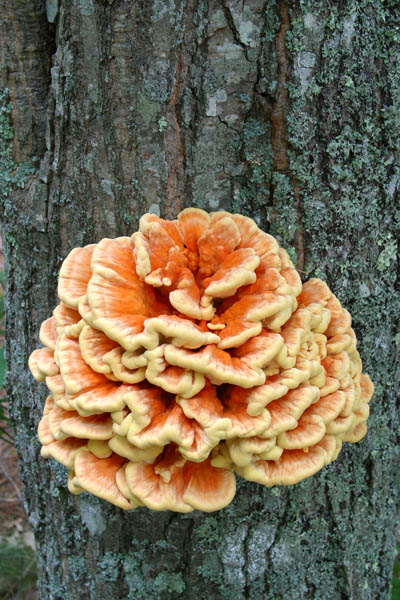|
On
The Way To The Land
Of Digits
Digital
Photography was, so to say, “in the air” since the turn of the
century. But it just didn’t seem to move. Everyone knew that
this is the future of photography, but no-one except computer and
Photoshop freaks wanted to get on the band wagon. The cameras
weren’t so great and couldn’t keep up in comparison with the
SLRs, the auxiliary equipment was not exactly that great either.
But
the main problem was: you just didn’t know exactly what to do
with the data files. Publishers and editors were not enthused and
the picture agencies still preferred slides. The magazines kept on
reporting but somehow it just didn’t spark.
In
the summer of 2002 I finally bought my first digital SLR, the
EOS-60 D with about 6 mega pixels. In comparison with my analog
EOS-1 V it was not much more then a tin can and it just couldn’t
get me very excited.
In
August of 2002 I had to go to
New Mexico
in order to take
pictures 250 meters below the surface in the
Carlsbad Caverns
National Park
. I worked with
slides for a whole week and actually just had the 60 D along as
toy. Work conditions were difficult: the limestone was illuminated
with a neutral light, but gleamed in all different colors from
brown to red and green and blue, depending on the consistency. The
caves were black, the rock was white to yellow, the light was
difficult and even with a lot of imagination it was hard to say
what the slides would look like. There was no place to develop the
slides within a distance of 500 km, so I was really glad that I
could take some test shots with the digital SLR, digital Polaroids
so to say, in order to see what effect the colors and the lighting
would have.
That was the
first time I discovered through practical experience what
tremendous advantages digital photography had and i.e. would have.
Even
in the fall of 2002, in the
Acadia
National Park
in
New England
I continued to
take analog pictures and a few digital pictures on the side. I
just couldn’t warm up to this type of photography especially
since I wasn’t really clear on the whole workflow and the market
still did not really seem to want digital files. So why give up
the fantastic analog SLR with the already established slides in
order to take digital pictures with a clearly worse camera?
In
the fall of 2003 I took a photo tour from
Yosemite
National Park
through
Death Valley
and the
Antelope
Canyons
all the way to
Arches
National Park
. This time my idea
was to take pictures parallel: everything onto a slide film with
the EOS-1 V and at the same time data files with the new EOS-300
D. That was a bad idea. It was not fun for me, first taking all
the shots with the full-format 1 V and its fantastic view finder
and to then take the same pictures again with the
300 D. As it turned out, again I shot all the pictures as
slides and only a few digitally.
At
the end of 2003 information was publicized that Canon would put
the first sensible digital SLR, called EOS-1 D Mark II, 8.2 mega
pixels, 8.5 p. p. second with a beautiful, large and bright view
finder as well as a solid casing on the market in April of 2004
specifically for nature/wildlife photographers.
That
was when I made the following decision: In 2004 I would photograph
digitally all year long; one reason was that I realized I
couldn’t take pictures analog and digital at the same time and
at the end of 2004 I would decide if I would work with film or
data for the rest of my life.
As
I said, the test phase was to be 12 months. But by April that year
it became clear to me that I would never touch another filmstrip.
For one thing because digital photography was so much fun and
another because in the evening you could take a look at your daily
harvest on your notebook, could immediately learn from your
mistakes and pictures that flopped could be taken again the next
day most of the time.
I
had finally arrived in the land of digits.

In
the
Carlsbad Caverns,
New Mexico, USA
My
first digital picture, taken August 2002,
with a EOS-D 60 (6.3
mega pixels) JPEG-format,
with aperture of 11, 0.3 sec., ISO
100, tripod.

I
photographed the fungi
two months later in fall with the same
camera in
the
Acadia
National
Park
of Maine,
part of the “New England States”.
There the fungi is called “chicken of the woods”.
|